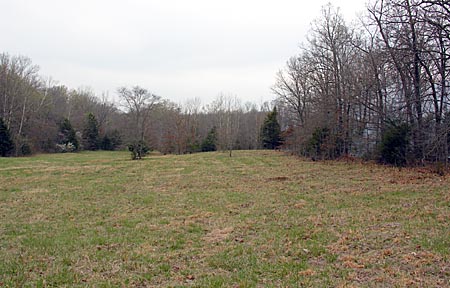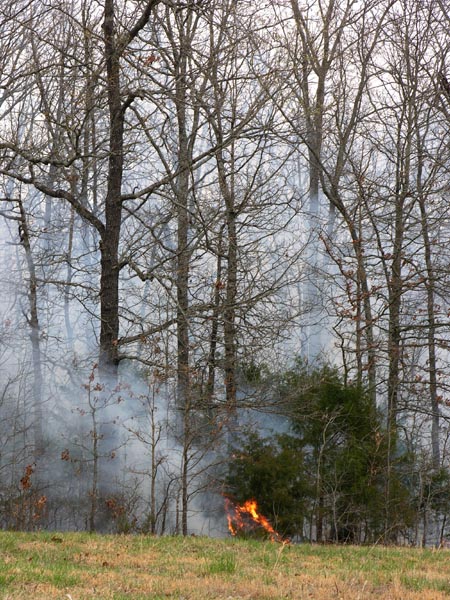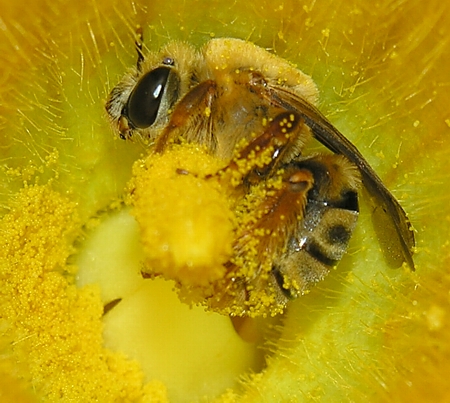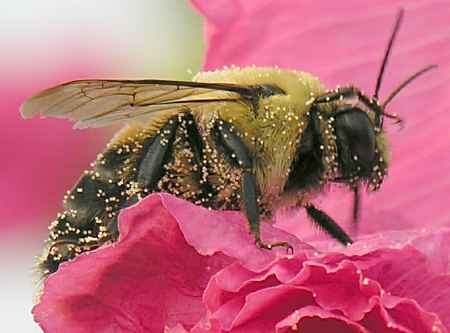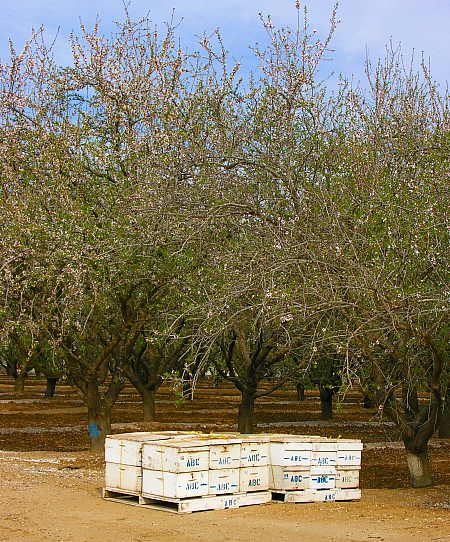This photo was taken today, March 23, just a couple of days into the spring season. Within this picture, can you see a sure sign that spring has arrived? If you peer very close to the left side of the clearing, you may be able to discern a redbud tree and a service berry in their early spring bloom.
This is a closer view of the blooming redbud tree. One of the first trees in our area to come into bloom, the redbud is indeed a harbinger of spring in the Ozarks. But this is not the sure omen of spring that I am alluding to here.
Look closely again at the first photograph. Does anything else catch your eye that might possibly serve as an omen of spring in the Ozarks?  Can you see the smoke hugging the ground in the woods on the right-hand side of the picture?
Here is a closer view of the smoke, and the fire within the wooded area that is creating the smoke. Once again, as those familiar with this blog may already know, we are faced with a neighbor’s intentional burn that has run amok, burning uncontrolled on our property.
It has gotten to the point that one could safely mark their calendar in anticipation of the fires that mysteriously appear this same time each spring.
In years past, our first reaction to this situation would be to call the local volunteer fire department. And I am sure (as they have proven repeatedly in the past) that they would have responded in the same efficient manner as they have in the past.
This time, we are taking a wait-and-see approach to this fire. When we have reported previous fires, the local volunteer fire department responds initially, and then proceeds to call for the assistance of the Arkansas Forestry Department.  The Forestry Department will send bulldozers and fire fighting personnel to our property to contain the fire. Which entails heavy equipment driving through our pastures and fields, bulldozers cutting new fire breaks, and the probable cutting of our barbed wire fencing to enable access to adjacent burning areas. All in all, the lasting and destructive effects of the suppression efforts are generally more onerous than if we were to just let the fire run it’s course.
This photo shows the proximity of the fire to our home. At the moment, the fire is approximately 1/2 mile from any of our structures. We will continue to monitor the fire’s movement, and call for assistance if necessary, but it is probable that this is a fire that we will allow to burn itself out. Â
And thus, spring arrives for us out here in the Ozarks.


